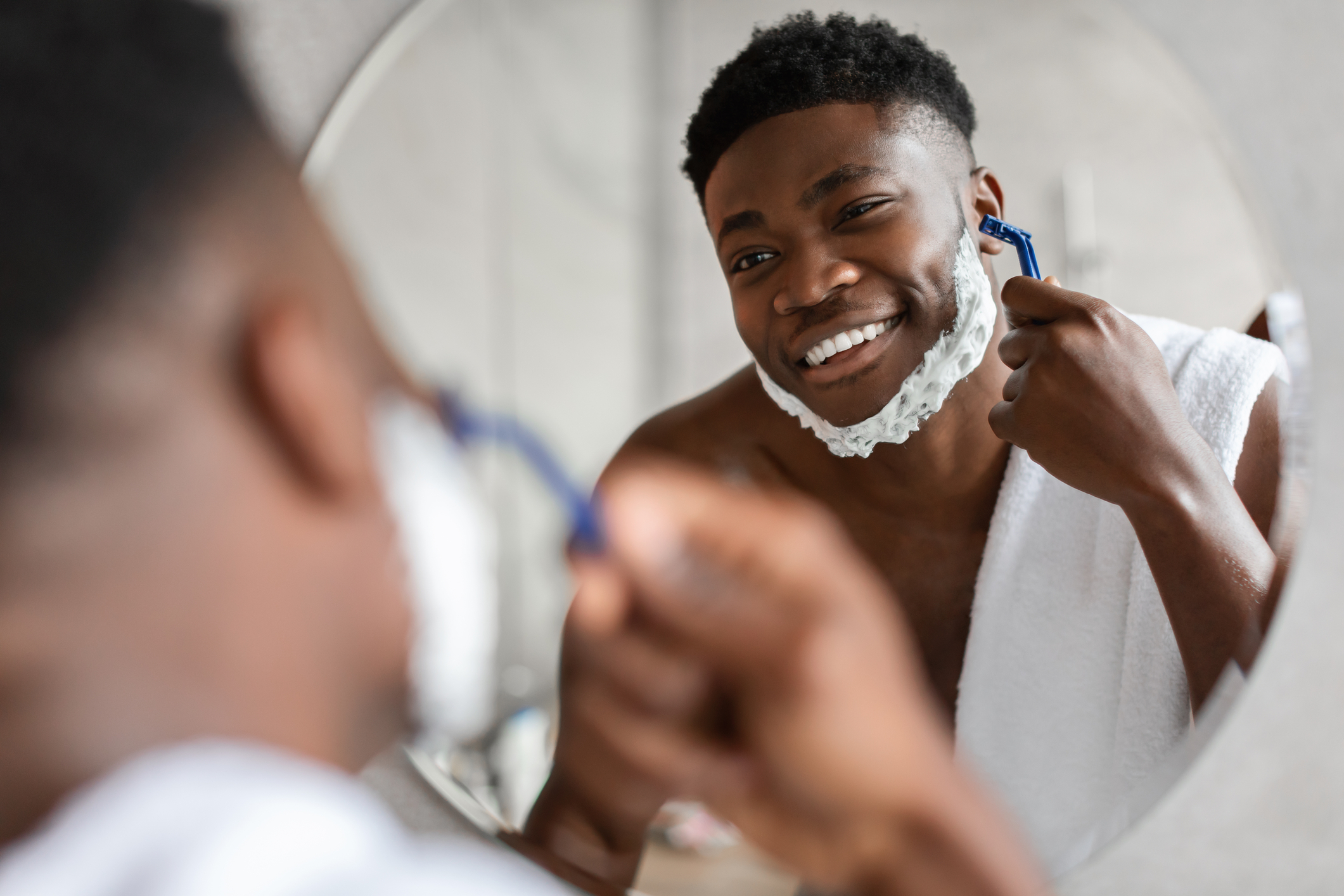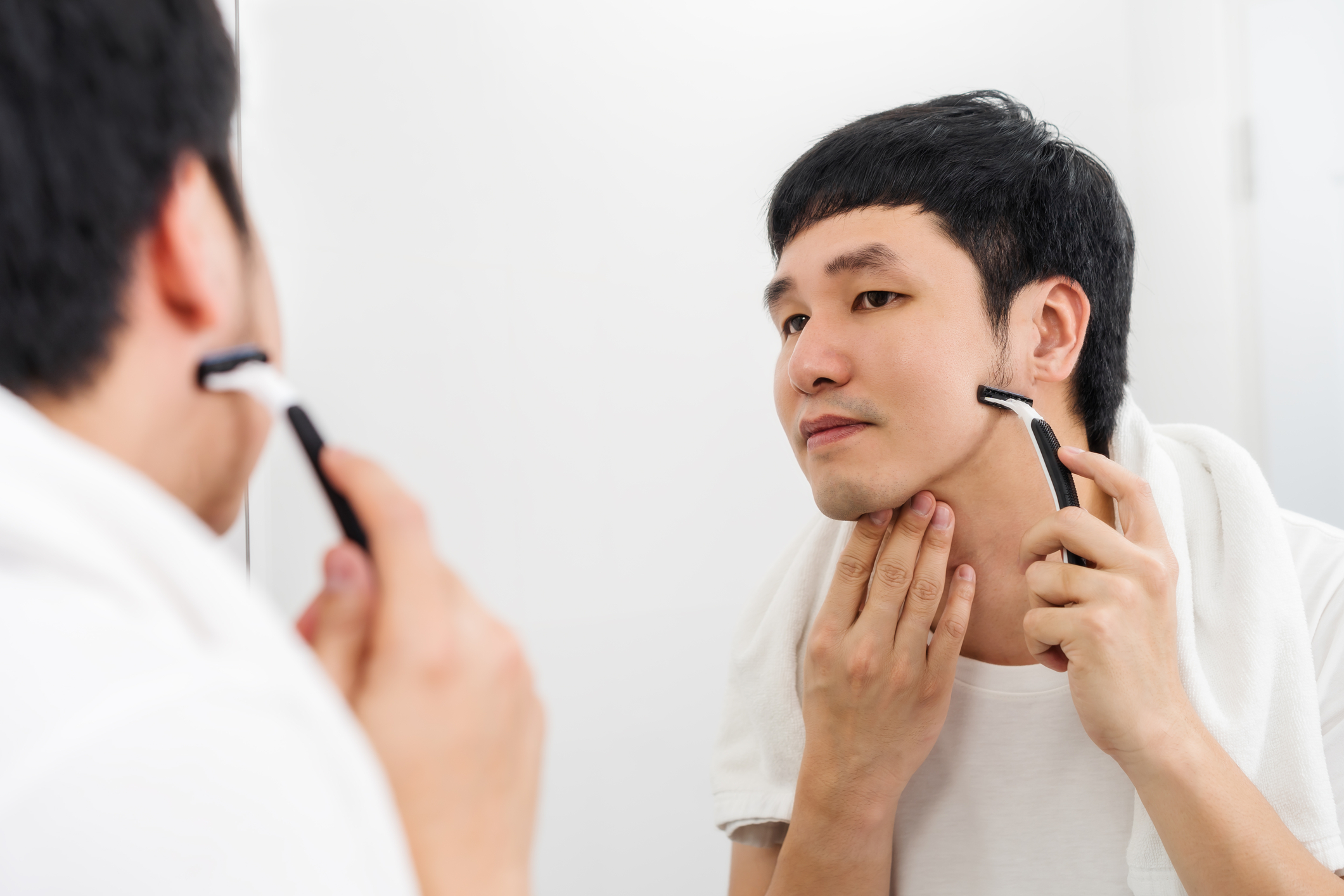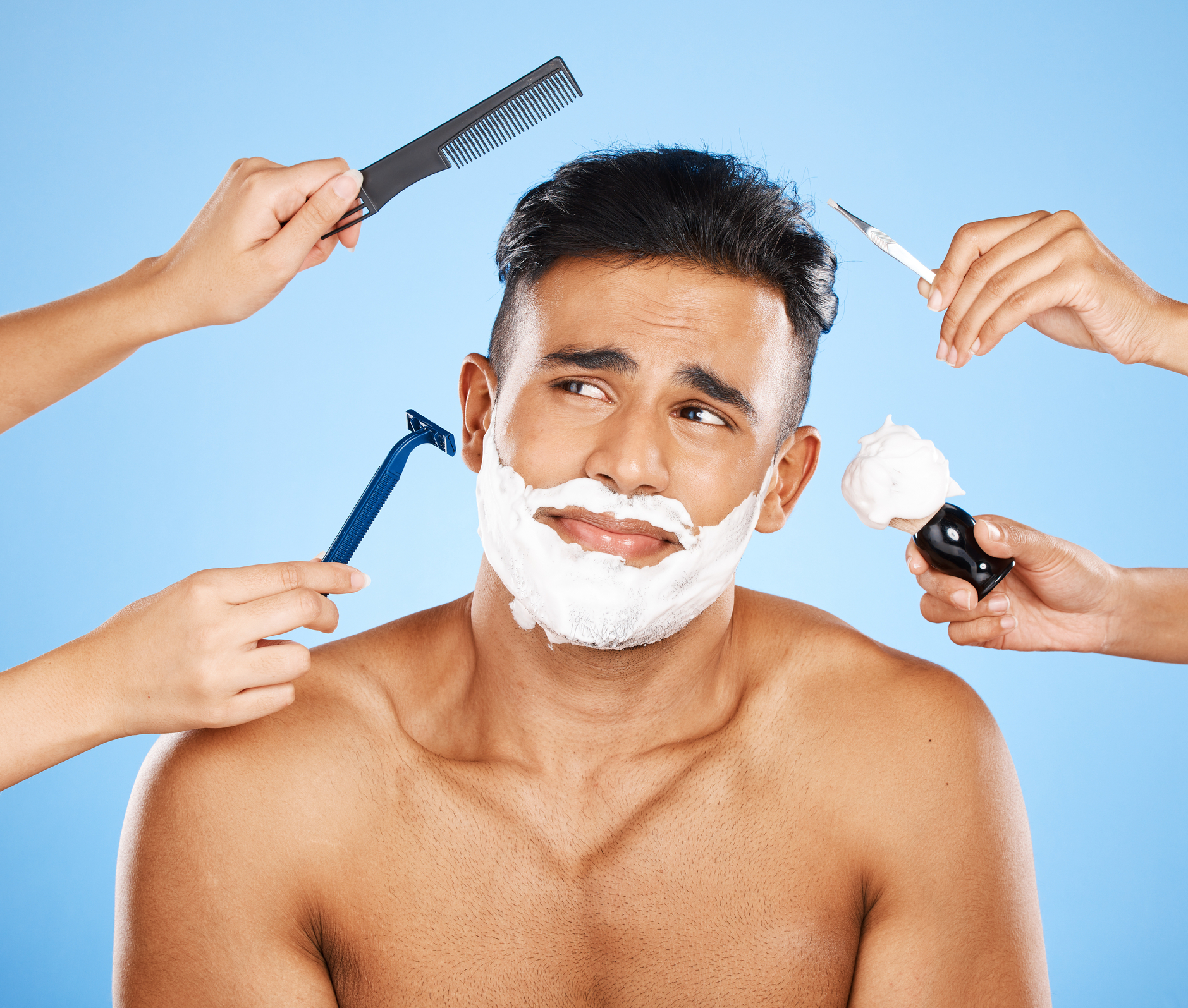Top Five Soothing Strategies to Beat Razor Bumps for Good
If you're experiencing razor bumps, one of the best tools at your disposal may surprise you: it's reached neither through a magic potion nor through complex rituals, but instead through your own skin. Exfoliation can assist the skin in shedding dead cells which, if allowed to proliferate, can clog your pores and contribute to bumps.
Exfoliation is a vital component of any effective skincare regimen - don’t underestimate it. Use a gentle exfoliating product to properly cleanse your face before you pick up the razor. It will prepare your skin for the shave by not only removing dirt but also aligning the hair in one direction, which prevents the hair from curling back into the skin, leading to razor bumps.
However, be cautious of not over-exfoliating as it can also irritate the skin. Finding a healthy balance is essential. Still concerned about how to strike that balance? That leads us to the next point.
Choose Your Tools Wisely

After a gentle and effective exfoliation, a close shave is necessary for getting rid of hair, but being too aggressive can foster the environment for razor bumps to prosper. It's important to opt for a high-quality razor and a soothing, lubricating shaving gel.
A single-blade razor is generally recommended over a multi-blade option because the latter tends to cut the hair beneath the skin surface which can result in ingrown hairs and, consequently, razor bumps. Similarly, using the right shaving gel allows the razor to glide smoothly, decreasing the risk of irritation.
Perfect Your Technique

Believe it or not, how you shave can make a huge difference in the battle against razor bumps. Shaving in the direction of hair growth, not against it, can prevent razor bumps. Short, gentle strokes without pulling the skin tight can also be beneficial, as this doesn't allow the hair to retract below the skin surface.
Do you often rush through your shaving routine? A rushed job is often a botched job. The secret lies in taking your time while shaving, being careful around the contours of your face and neck. Consider this the next time you wield your razor.
Don't Skip Aftershave Products

You've shaved carefully, but your job's not over yet. Post-shave skincare is nearly as crucial as the steps you take before and during the act of shaving itself. Whether you prefer an aftershave lotion or a balm, the ingredients of the product you choose can be pivotal.
Opt for aftershave products brimming with soothing and anti-inflammatory ingredients like aloe vera, chamomile, or tea tree oil which can help prevent razor bumps. Additionally, avoid products laden with alcohol or other skin-drying ingredients, as those can exacerbate skin irritation.
Seek Professional Help When Necessary

In case none of these strategies work for you, there's no shame in seeking professional help. Dermatologists and skin care professionals have a bevy of resources at their disposal to help you manage razor bumps and maintain a bright, healthy complexion.
These professionals can prescribe topical or oral medications which can aid in preventing inflammation and infection, decreasing existing bumps, and stopping new ones from forming. Laser hair removal is another option to be considered if one suffers from chronic razor bumps.
Practice Prevention and Patience

Remember that change takes time. Since skin turnover generally happens over a 28-day period, throw in a generous dash of patience into your skincare regimen. Consistently incorporating all the soothing strategies mentioned above goes a long way in beating razor bumps for good.
However, remember that prevention is always the best approach. By avoiding very close shaves, responding to early signs of inflammation, and maintaining a thoughtful skincare regimen, you'll put yourself in the best position to prevent razor bumps in the first place. In doing so, you provide your skin the opportunity to be at its healthiest self.